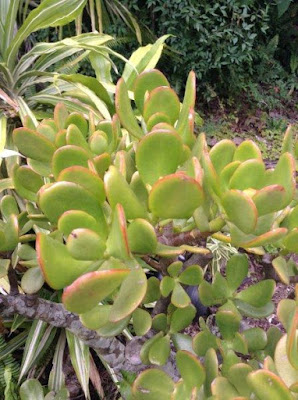When I read Kate's challenge, I
thought of "Dansaekwha" which is my favorite art.
"Dansaekhwa" is a movement that emerged
in Korean painting starting in the mid-1970s, when a group of artists began to
push paint, soak canvas, drag pencils, rip paper, and otherwise manipulate the
materials of painting. Tansaekhwa means ‘monochrome
painting’ in Korean and was used by the critic Lee Yil in
1980 to refer to a group of largely non-figurative paintings painted in neutral
hues. Promoted in Seoul, Tokyo, and Paris, Tansaekhwa grew to be the
international face of contemporary Korean art and a cornerstone of contemporary
Asian art. www.venice-dansaekhwa.com
Painstaking Endeavor in Silence
Interest in monochrome painting emerged in the
Korean art community in the early 1970s and then spread like an irrepressible
wave in the mid-70s. Although originating under the influence of Minimal Art
from the West, it has taken root and flourished as a uniquely Korean art form
over the past 40 years.
But what is that makes Dansaekhwa distinctive from
Western monochrome art or Minimal Art? Professor Yoon explained that Western
monochrome painting and Minimal Art are rational and logical, based on
principles of mathematics and language, while Dansaekhwa is meditative and
holistic.
In contrast to the “empty painting” of Minimalism, Dansaekhwa reveals an intensity of thought and labor as well as the depth of silence. Though limited to a single color, it evokes a vivid feeling of the color’s texture through multiple brushstrokes, repeated tens or hundreds of times. As such, the density of black paint, which results from repeated brushstrokes, cannot be achieved by broad, single strokes. "While Western monochrome painting focuses on the visual, Dansaekhwa is of a tactile quality and expresses the Korean philosophy of assimilation with nature,” explained Professor Yoon. “It is created from an ecological, cosmological, and earthly viewpoint, in contrast to the formalistic perspective of the West.”
With their works, Dansaekhwa artists seek to internalize the aesthetics of “Korean spirituality,” such as blankness, contemplation, movement within stillness, inaction of nature, and moderation, all based on a traditional principle of “going with the flow of nature.” All the while they have struggled with themselves to master their own manner of expression. As if cultivating the spirit, they express a transcendental state of mind on canvas through their repetitive brushstrokes. Unlike such Minimalists as Robert Morris or Donald Judd, who suggested concepts but had their works made with industrial materials, Dansaekhwa artists sought to express the truth of nature through rigorous physical dedication over decades, like the monks who undergo arduous meditation.
From : Meditation by Brushstroke Dansaekhwa Korean
Monochrome Painting
By Koh Mi-seok, Senior Reporter of Art &
Design, The Dong-a Ilbo










